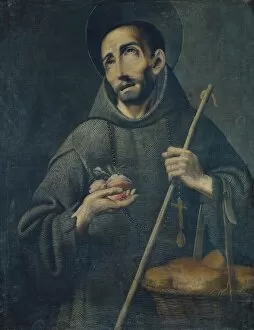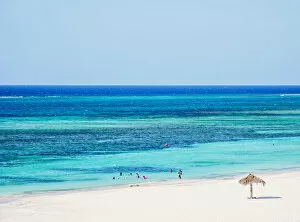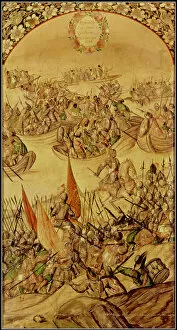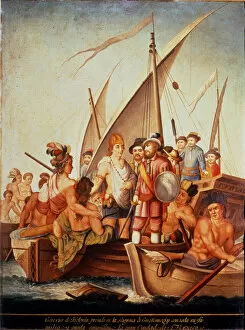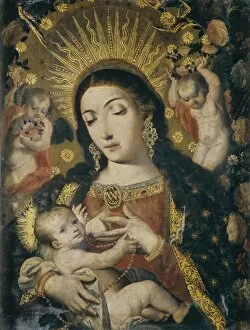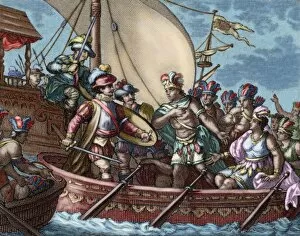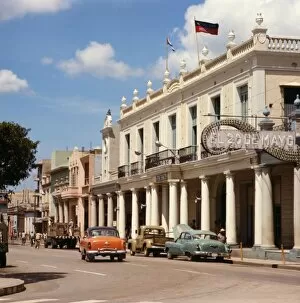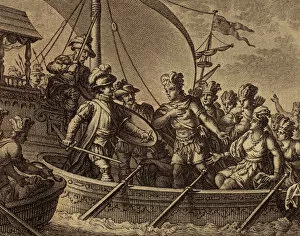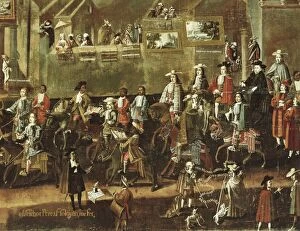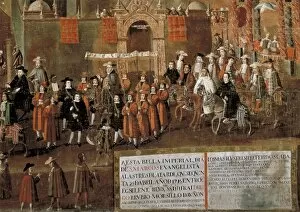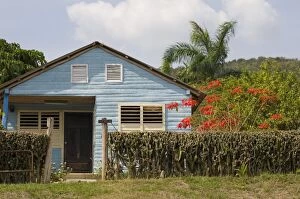Holguin Collection
Holguin, a city rich in history and culture, is located in the Holguin Province of Cuba
For sale as Licensed Images
Choose your image, Select your licence and Download the media
Holguin, a city rich in history and culture, is located in the Holguin Province of Cuba. Known for its stunning beaches and picturesque landscapes, it offers a perfect blend of natural beauty and historical significance. One notable figure associated with Holguin is John Of God, a Portuguese religious saint who lived during the 16th century. His teachings continue to inspire many to this day. Guardalavaca Beach is another gem that can be found in Holguin Province. With its elevated view and crystal-clear waters, it attracts tourists from all over the world seeking relaxation and tranquility. The conquests of America are also intertwined with Holguin's history. Garcia de Holguin played a significant role in occupying Quanhtemoc while Perez de Holguin captured Guatimozin during the conquest of Mexico. These events have been immortalized through paintings and engravings, showcasing their importance in shaping our understanding of history. Melchor Perez de Holguin was an influential artist from the 17th century whose works depicted various aspects of life at that time. From religious themes like "The Virgin" to everyday scenes like "Laundress, " his art provides glimpses into the past. Diego Morcillo Rubio de Aunón was a priest who left his mark on Holguin as well. His contributions to spirituality and community development were highly regarded during his lifetime. Today, visitors can explore these historical landmarks by visiting Cuba/Holguín Zocalo - a central square where remnants of the city's colonial past can still be seen. It serves as a meeting point for locals and tourists alike, offering an opportunity to immerse oneself in Cuban culture firsthand. Whether you're drawn to its beautiful beaches or fascinated by its historical significance, there's no denying that Holguín has something special to offer every visitor who sets foot on its shores.

